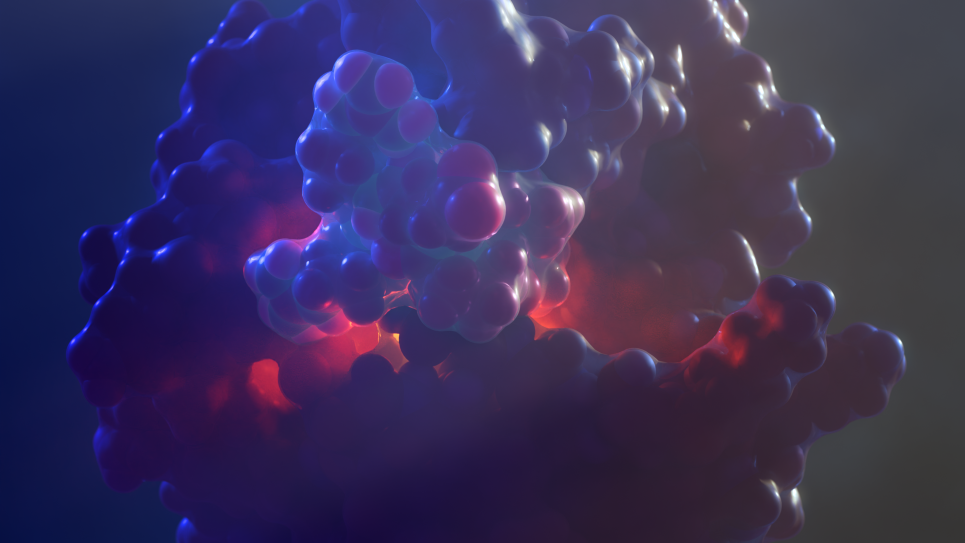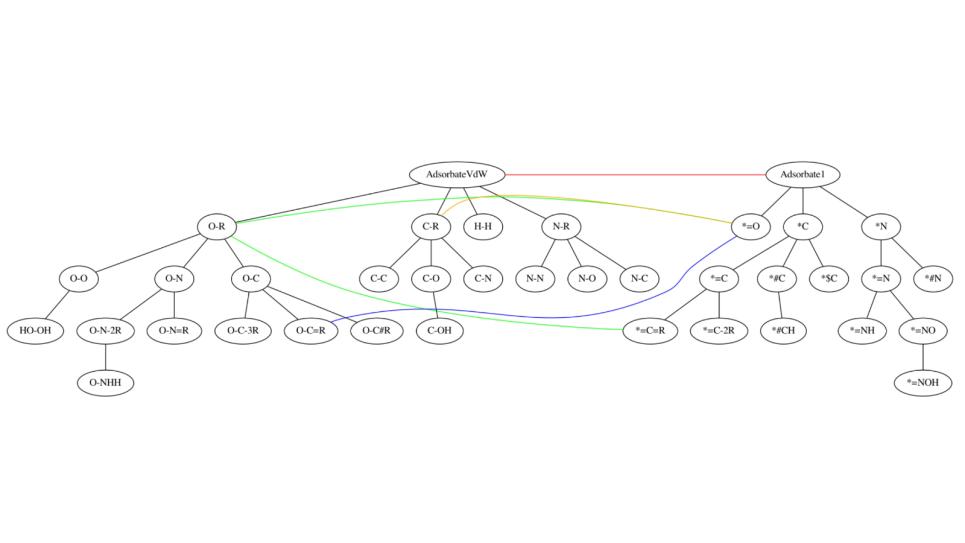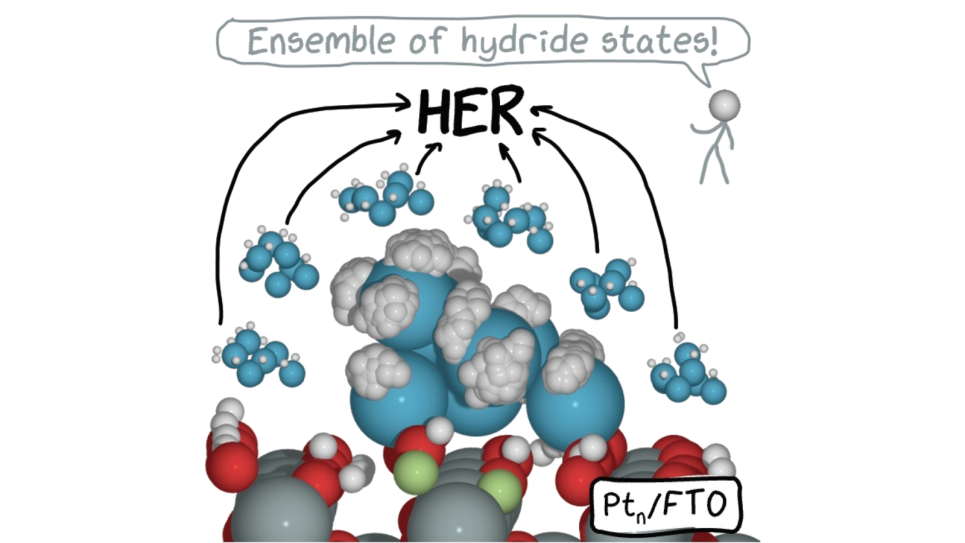Using the capability of the Blue Gene/P supercomputer, CERFACS has been performing top-of-the-line, quality simulations on highly complex cases to numerically model a real combustor. The project focuses on Large Eddy Simulation (LES) of these engines with the inclusion of the liquid phase phenomena. With this in mind, CERFACS has performed simulations and validation of two-phase flow experiments.
In parallel, CERFACS has performed the largest unstructured LES to date on a full commercial combustion chamber (330 million elements). This simulation contributes to the validation of the LES approach when dealing with combustion instabilities, where the high unsteadiness of the flow makes the impact of the uncertainty behind the LES combustion model a highly critical point that needs to be addressed.
Using LES, the researchers can predict combustion instability in an annular combustion chamber. Their data suggests that the liquid phase is less sensitive to the increased resolution but confirms that LES models applied to combustion of gaseous or liquid fuels degenerate towards fully resolved, direct numerical simulation when they increase the mesh resolution.
Following these studies, they have focused on the impact of fuel properties changes on the overall behavior of the turbine. Using the LES that revealed fully developed azimuthal instability, they simulated the use of a faster fuel under the same conditions. Preliminary results show that not only is LES capable of accounting for this change but such a modification can yield important optimization results. In this case, by changing the fuel they were able to stabilize the system where the pressure fluctuation amplitude drops dramatically just after the change while conserving the overall topology of the flame and the flow. These results give potential hints to the gas turbine designer to avoid combustion instability. Their analysis also suggests that decreasing the response time of the burner (a typical parameter of turbines) would stabilize this combustor design. The findings show the potential of using LES for the numerical study of combustion in alternative fuels. The work is still in progress, with further analysis under way.


